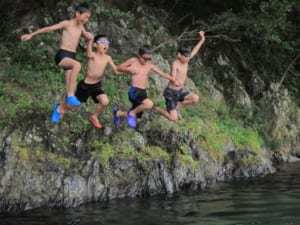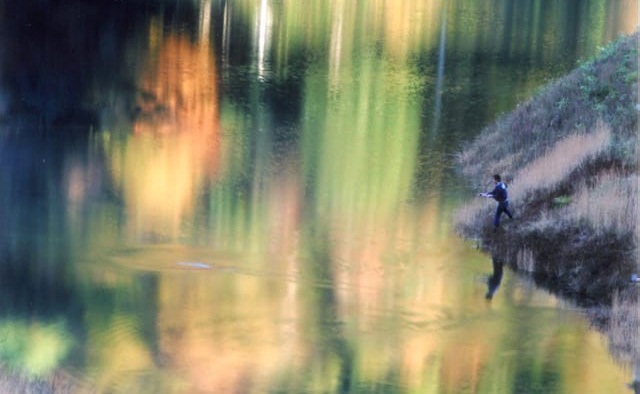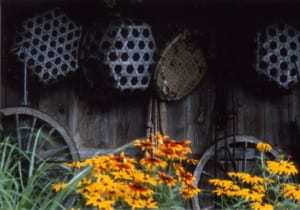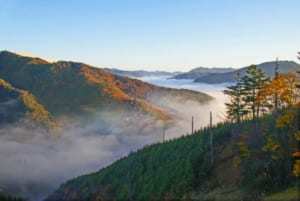Miyama is an ideal location for people who love the outdoors, with a wide variety of activities to enjoy.
The mountains that dominate the landscape are strewn with paths; most are accessible, but you’ll need to take a guide if you want to go for a serious hike. On a clear day, you can see the Japan Sea to the north and Lake Biwa to the east from several of the higher mountains in Miyama. A wide variety of birds, wild boar and deer can frequently be seen when hiking. If you are lucky you might see a kamoshika (a kind of mountain goat), or glimpse an Asian black bear, which fortunately are shy and retiring creatures.
Miyama is home to the widest expanse of primeval forest in Western Japan, known as Ashiu.
The area is covered by snow in the winter, when guided snowshoe tours are available.
The Yura River is one of Japan’s cleanest rivers, and there are rafting, kayaking and shower climbing tours held throughout the warmer months please contact us if you would like to have one of these activities during your stay.

There are a number of places where you can swim in the river, providing the waters are calm and there hasn’t been a recent storm. Throughout the summer months, the riverside is a great place to spend some time and enjoy the sights and sounds of nature.

Miyama is also one of Japan’s best locations for road cycling, with an annual race held here every spring. Quality rental bicycles and tours are available, along with cycling maps and advice on the best routes if you prefer to make your own way.
Being isolated in remote mountains for many generations has made the people of Miyama extremely resourceful. It is said that during the Edo period (1603-1868), nothing was thrown away in Japan and that all things were recycled and re-used. Though the same cannot be said for modern Japan, the people of Miyama still make use of the materials they have around them.
The vast majority of people in Miyama were farmers but, due to deep snow, they were not able to work their fields throughout the winter months. Entire families spent much of the colder months making clothing, shoes, bags, fencing materials and all manner of items to be used in the coming seasons of working the fields and growing their crops.
Wara is rice straw, large quantities of which are left over after the harvest. The wara is woven to make sandals, bags, ropes and decorations for the local shrines. Bamboo is abundant in Miyama and is used to make fences, ornaments, lunch boxes and a variety of children’s toys.
Craft workshops are available, but please be sure to book in advance of your stay.
The beauty and seclusion of Miyama attracts artists and craftsmen from all parts of Japan. Many potters, wood-carvers, painters and writers live and work in the region.
Whilst walking or cycling around, depending on the season you might come across people doing all sorts of work like farming, thatching, carpentry, charcoal-making, fishing, weeding, forestry and more.












